Archives
- 2018-07
- 2018-10
- 2018-11
- 2019-04
- 2019-05
- 2019-06
- 2019-07
- 2019-08
- 2019-09
- 2019-10
- 2019-11
- 2019-12
- 2020-01
- 2020-02
- 2020-03
- 2020-04
- 2020-05
- 2020-06
- 2020-07
- 2020-08
- 2020-09
- 2020-10
- 2020-11
- 2020-12
- 2021-01
- 2021-02
- 2021-03
- 2021-04
- 2021-05
- 2021-06
- 2021-07
- 2021-08
- 2021-09
- 2021-10
- 2021-11
- 2021-12
- 2022-01
- 2022-02
- 2022-03
- 2022-04
- 2022-05
- 2022-06
- 2022-07
- 2022-08
- 2022-09
- 2022-10
- 2022-11
- 2022-12
- 2023-01
- 2023-02
- 2023-03
- 2023-04
- 2023-05
- 2023-06
- 2023-07
- 2023-08
- 2023-09
- 2023-10
- 2023-11
- 2023-12
- 2024-01
- 2024-02
- 2024-03
- 2024-04
- 2024-05
- 2024-06
- 2024-07
- 2024-08
- 2024-09
- 2024-10
- 2024-11
- 2024-12
- 2025-01
- 2025-02
- 2025-03
-
E ubiquitin ligases are key players
2021-08-25
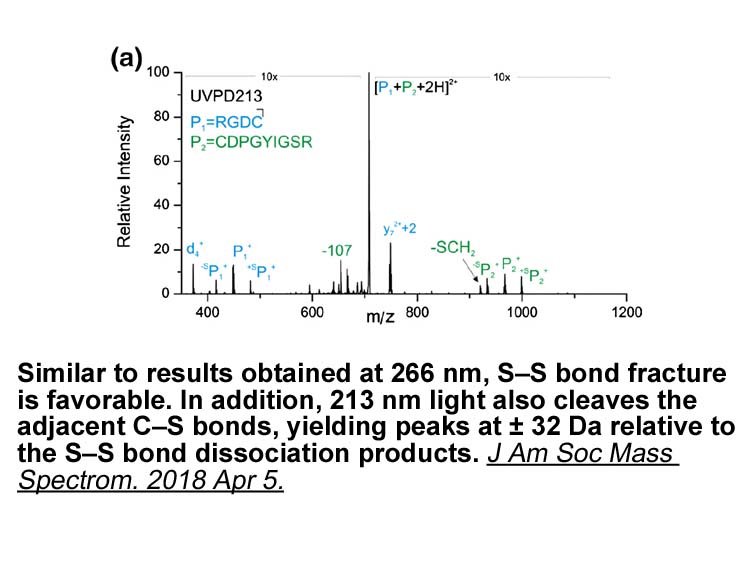
E3 ubiquitin ligases are key players in the ubiquitin-proteasome pathway because they catalyse ubiquitination of substrate proteins.39, 40, 41 As important regulators of cellular ubiquitination, E3 ligases are emerging as attractive drug targets, particularly in cancer.42, 43, 44 However, E3 ligases
-
FOX proteins constitute a large class of transcription facto
2021-08-25
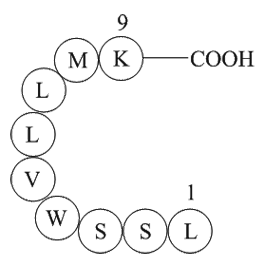
FOX proteins constitute a large class of transcription factors with multiple functions, from development and organogenesis to regulation of metabolic and immune functions. The Fox transcription factor is characterized by a 100-amino-acid wing helix or forkhead DNA-binding domain. In addition, the FO
-
SIRT is a representative member of
2021-08-25
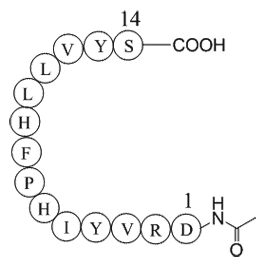
SIRT1 is a representative member of Sirtuins, which is a family of highly conserved NAD+-dependent class III histone deacetylases. SIRT1 deacetylates plentiful nonhistone protein substrates [Atgs, Foxo1, Foxo3, PGC-1α, NF-kB, E2F1 and p53] (Conrad et al., 2016; Gu et al., 2016; Tu et al., 2018) to p
-
br STAR Methods br Acknowledgments We thank Genevi ve Almouz
2021-08-25
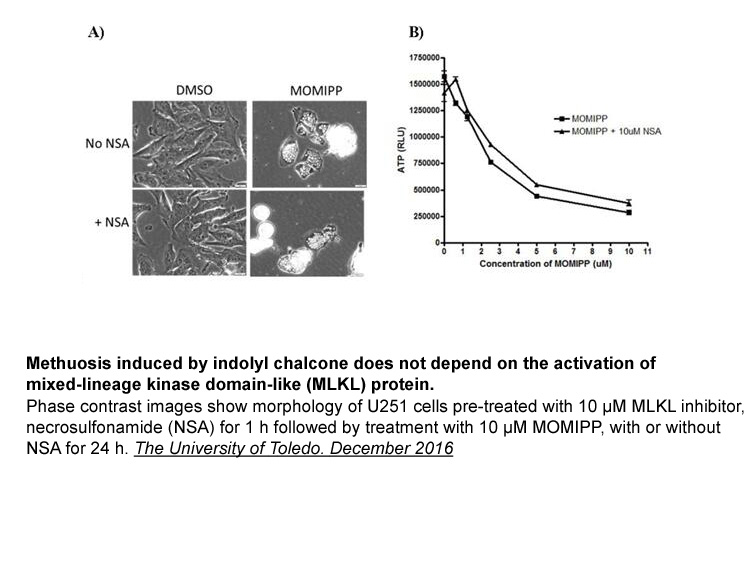
STAR★Methods Acknowledgments We thank Geneviève Almouzni, Sophie Polo, Ralph Scully, Wael Mansour, and Jeremy Stark for providing cell lines and Wolf Heyer, Haico van Attikum, Martijn Luijsterburg, and Brendan Price for helpful discussions. We thank Ratna Weimer, Bettina Basso, Christel Braun,
-
On the other hand the IL promoter activity induced
2021-08-25
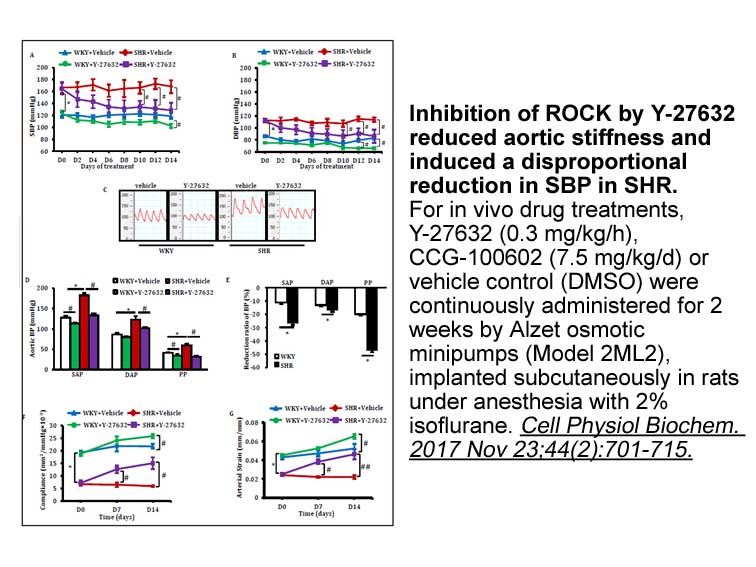
On the other hand, the IL-8 promoter activity induced by the signalling cascade of the CysLT1-G300S receptor is higher than that of the WT receptor. The chemokine IL-8 is mainly involved in the recruitment and activation of neutrophils and we have previously shown that this chemokine gene is a targe
-
The major concern of PDE I use in liver cirrhosis
2021-08-24

The major concern of PDE-5-I use in liver cirrhosis is the potentially harmful effect on systemic blood pressure. Data of clinical studies are conflicting [27], [30], [31], [32], but available patient details suggest that in advanced liver cirrhosis, PDE-5-Is lower systemic blood pressure to a great
-
Another enzyme class that has emerged as a potential alterna
2021-08-24
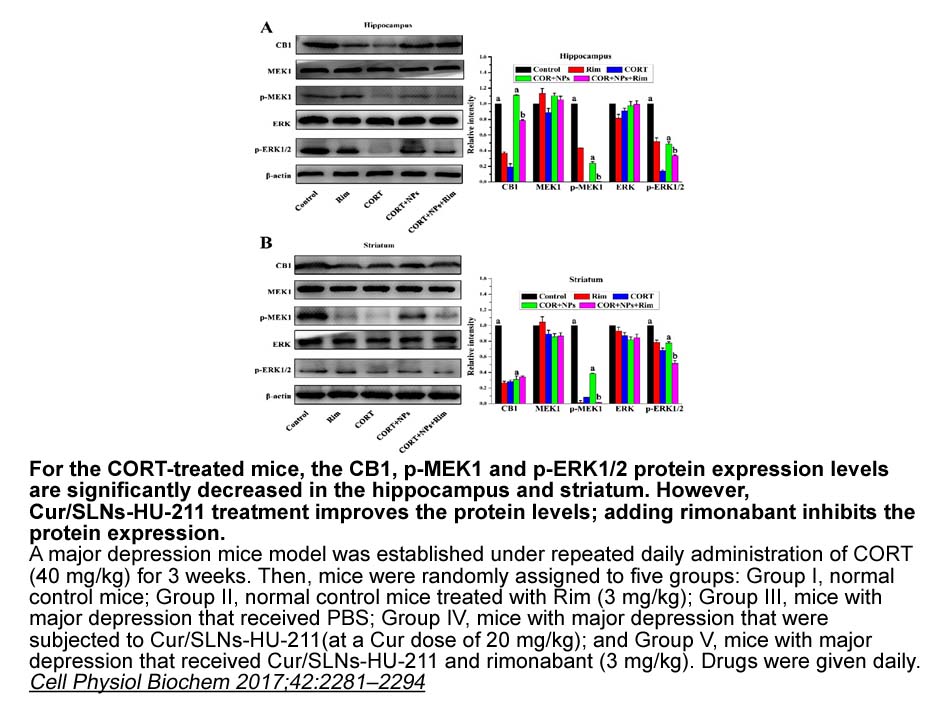
Another enzyme class that has emerged as a potential alternative to P450s are the so-called ‘unspecific peroxygenases’ (UPOs). They also contain a heme but are extracellularly expressed fungal enzymes that are often more stable than P450 monooxygenases. Importantly, UPOs use H2O2 instead of O2 as th
-
LDE225 Diphosphate synthesis Our study revealed elevated bas
2021-08-24
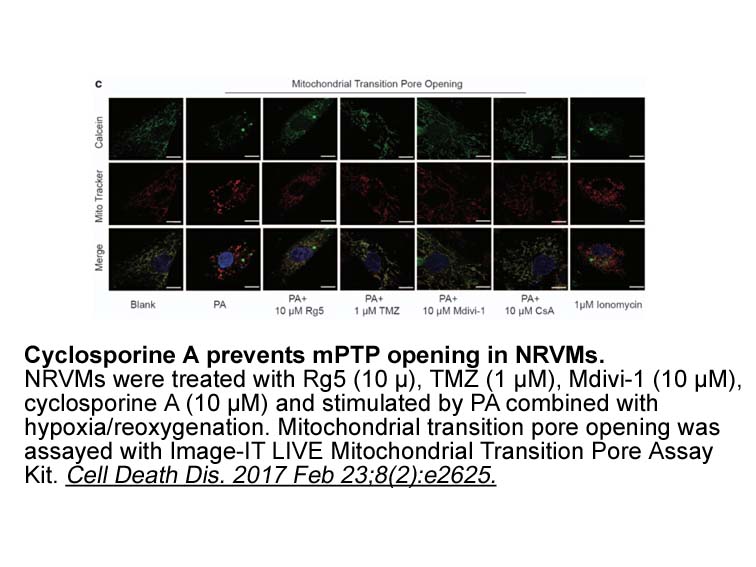
Our study revealed elevated basal Akt phosphorylation in diet-induced obesity, the effect of which was reversed by ETAKO. Activation of Akt promotes cardiac hypertrophy via a number of cellular mechanisms including activation of its downstream targets such as mTOR and GSK3β [45, 46]. Short-term acti
-
Here we describe preparation of three stable conjugates that
2021-08-24
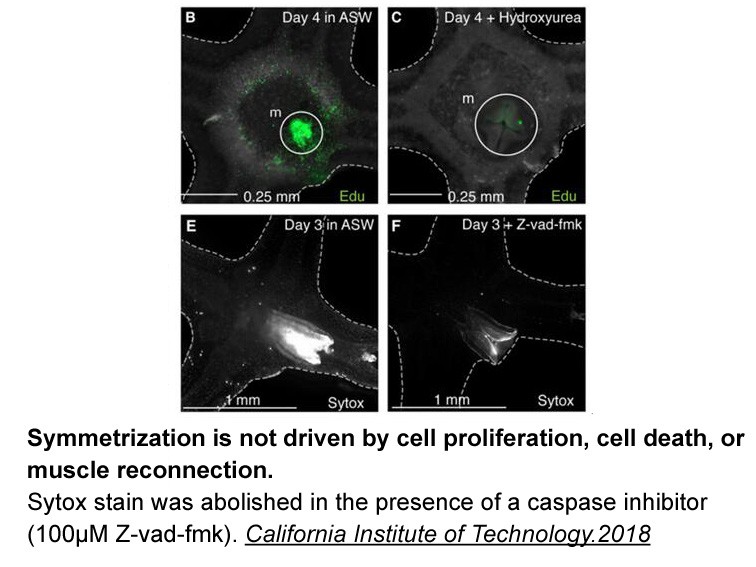
Here, we describe preparation of three stable conjugates that are linked by either oxyester, disulfide, or isopeptide bonds (Fig. 10.1). Each of these conjugates depends upon the prior purification of E2 and ubiquitin proteins that have been engineered to favor specific linkages. For the oxyester- a
-
SNS-314 Mesylate receptor In a study carried out by
2021-08-24
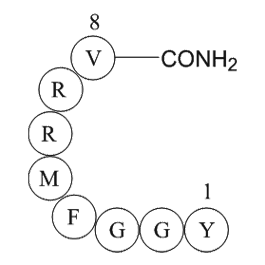
In a study carried out by Aunis et al. the properties of soluble DBH and membrane bound were examined [23]. The membrane bound enzyme was shown in SNS-314 Mesylate receptor to the soluble form to have thermal denaturation at higher temperatures of 43.5–44°C. Similar discontinuities in the Arrhenius
-
br Conflicts of interest br Introduction G protein coupled r
2021-08-24
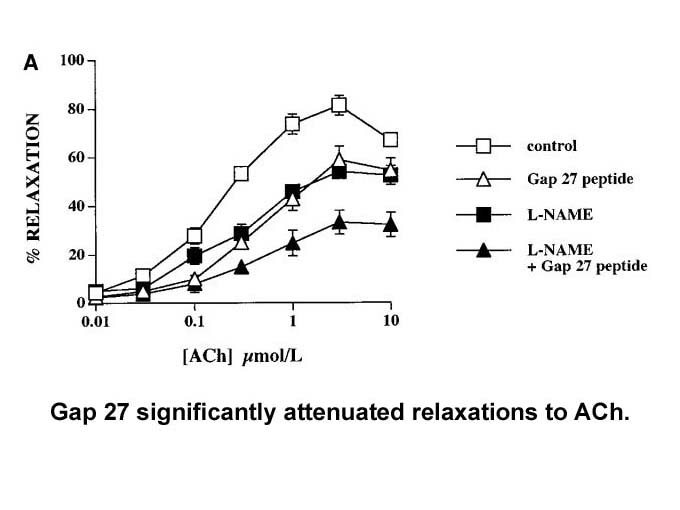
Conflicts of interest Introduction G protein-coupled receptors (GPCRs), form the largest human membrane protein family, with 800 members overall. Many druggable targets for treatment of common diseases involve GPCRs that mediate therapeutic effects of 34% of all marketed drugs (Hauser, Attwood
-
C PHNO has been described as a full
2021-08-24
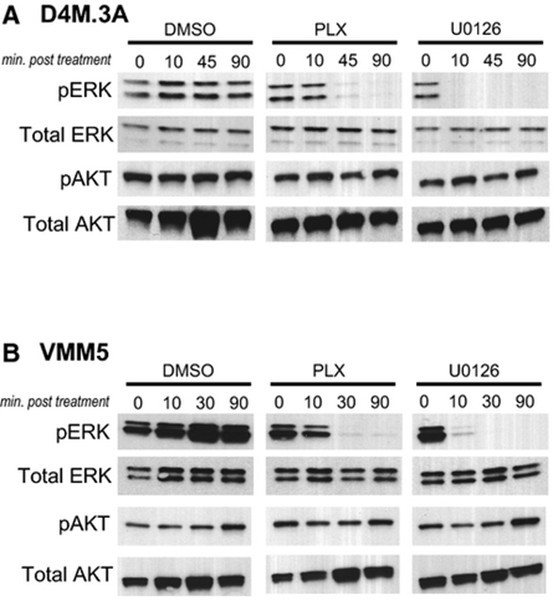
[11C]-(+)-PHNO has been described as a full agonist at both D2 and D3 receptors [54,55]. [11C]-(+)-PHNO was initially developed as a PET radiotracer for imaging the high affinity state of the D2 receptor (i.e., highD2) as a means of measuring synaptic dopamine changes in response to pharmacologic ch
-
br As mentioned above defects in the DNA
2021-08-24
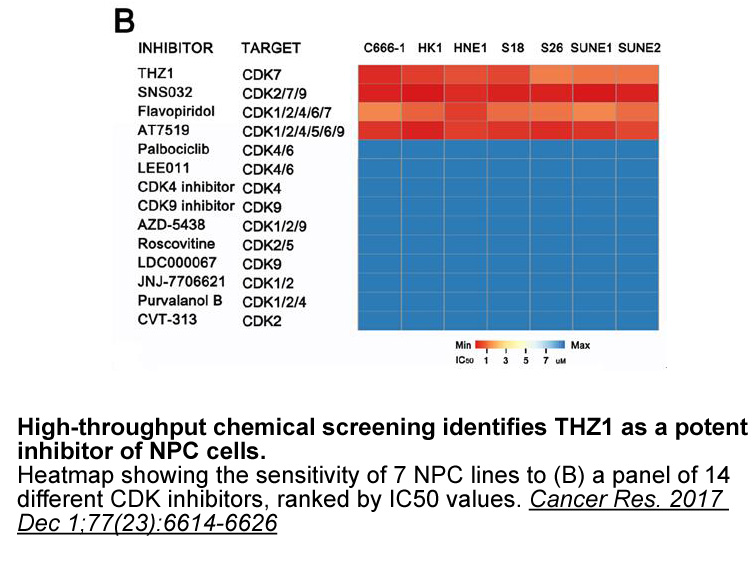
As mentioned above, defects in the DNA ligase IIIα-interacting protein TDP1 have been identified as the cause of the hereditary neurodegenerative disease, spinocerebellar ataxia with axonal neuropathy 1 (El-Khamisy et al., 2005). In addition, defects in two other DNA repair proteins, aprataxin and
-
Our previous studies have demonstrated that the DDR discoidi
2021-08-23

Our previous studies have demonstrated that the DDR2 discoidin domain fully contains the binding site(s) for the fibrillar collagens I and II (Leitinger, 2003, Leitinger et al., 2004). The binding site for collagen I was mapped to three spatially adjacent surface loops within the DDR2 discoidin doma
-
The fibrillogenesis process of collagen is understood
2021-08-23
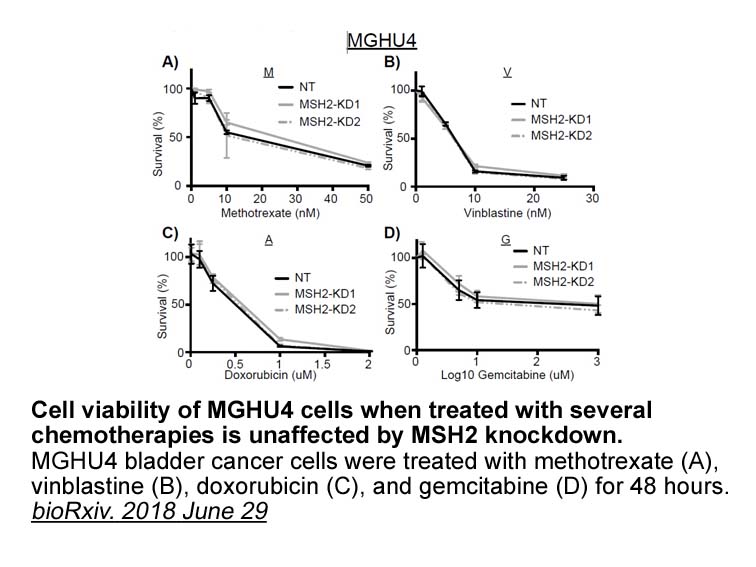
The fibrillogenesis process of collagen is understood to initiate in the extracellular space near the plasma membrane where secretory vesicles form regions of deep invagination. However, it is not clear how and when collagen-binding proteins interact with collagen molecules during fibrillogenesis or
15582 records 572/1039 page Previous Next First page 上5页 571572573574575 下5页 Last page